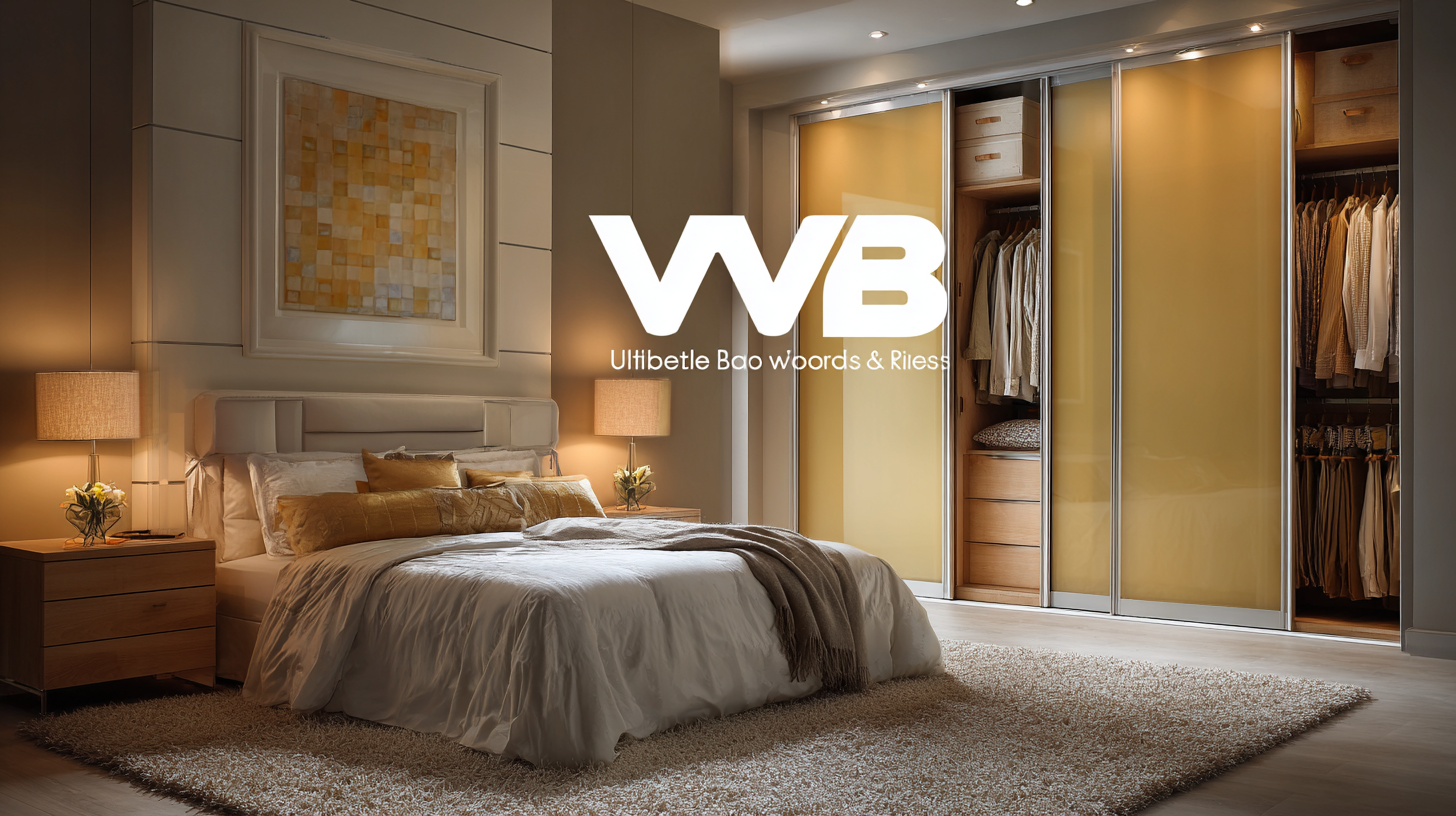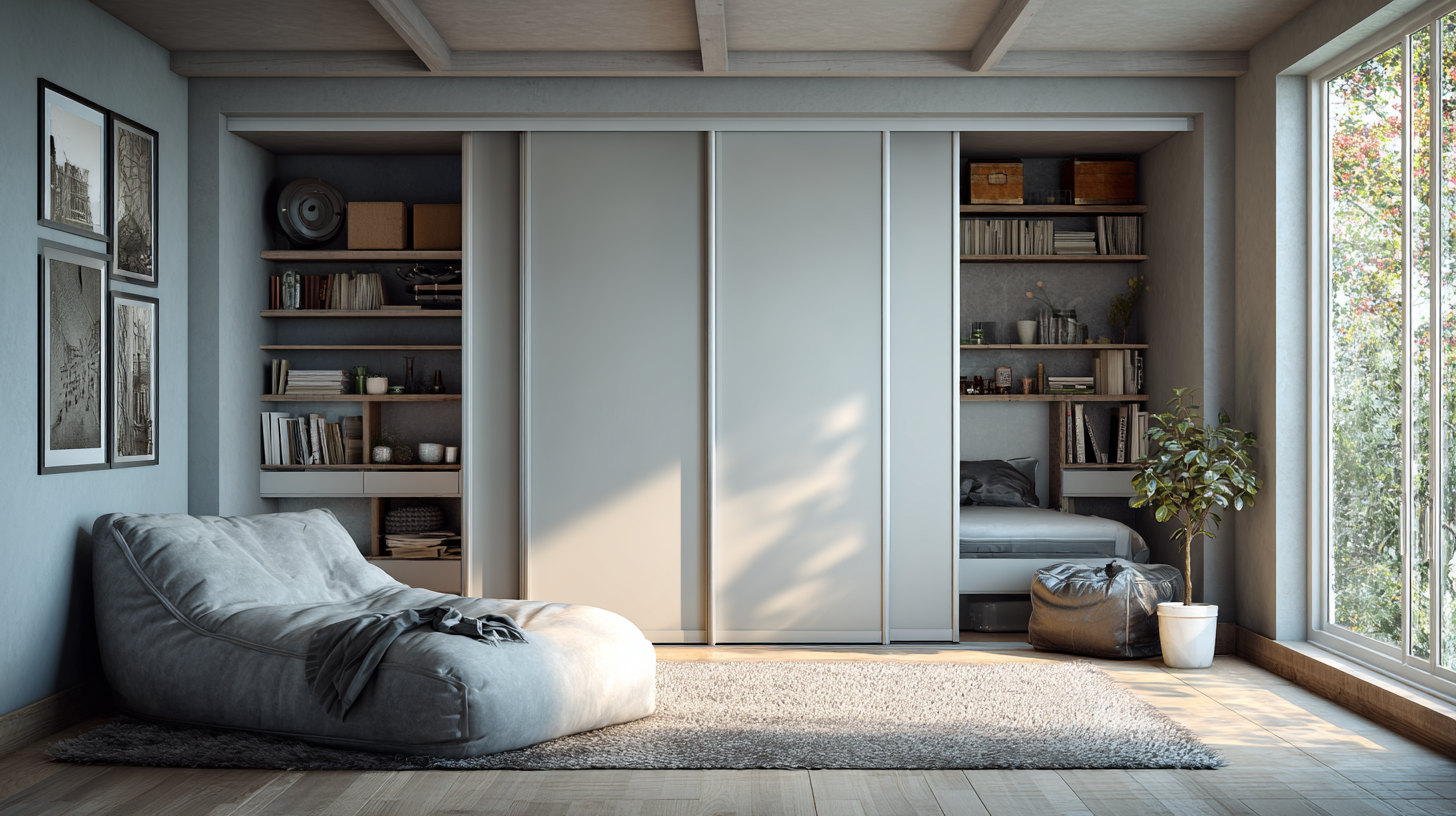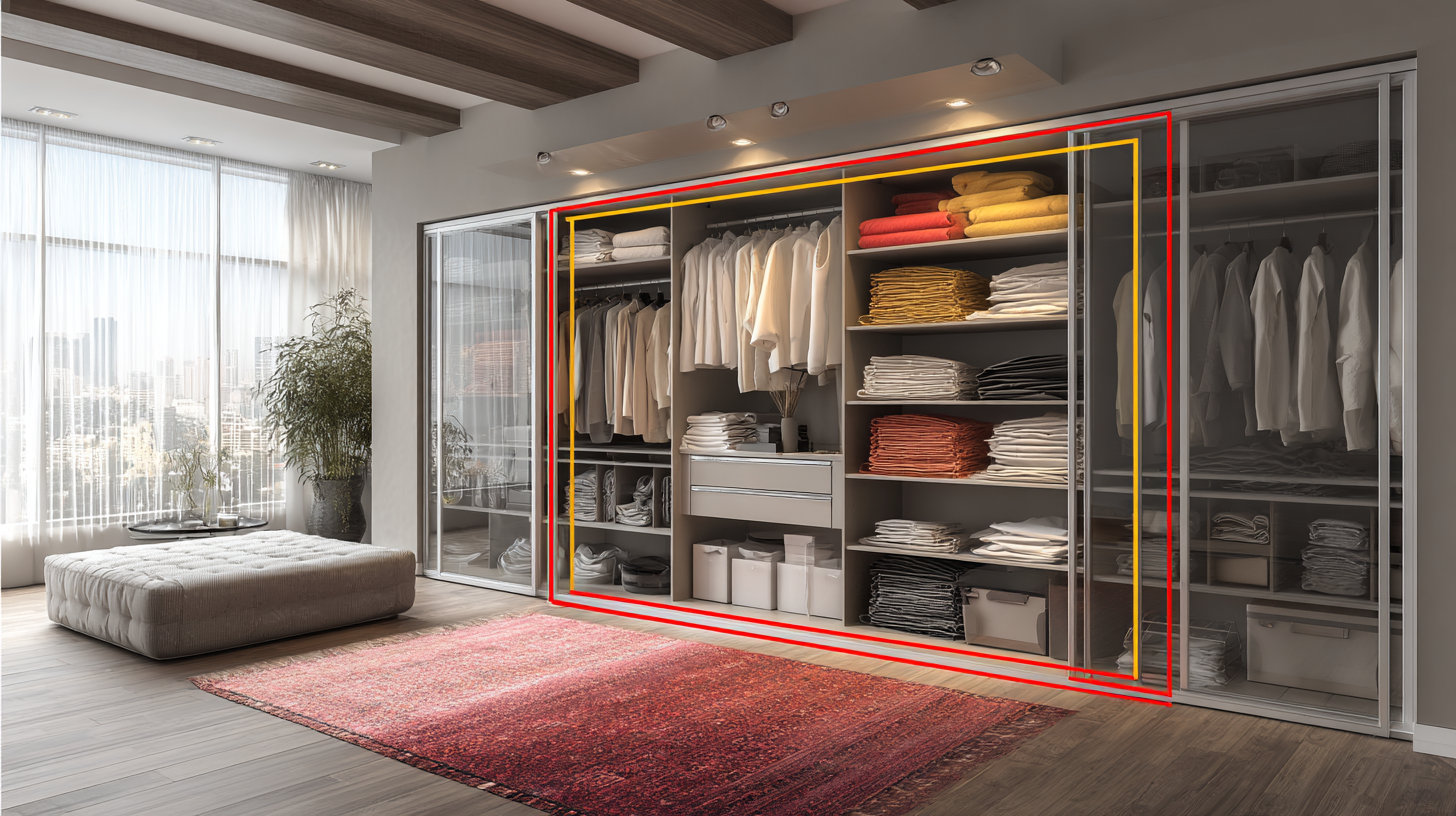Leave Your Message
In the ever-evolving world of home design, the choice of Sliding Wardrobe Doors and Rails has become a pivotal aspect in creating both functional and aesthetically pleasing spaces. According to a recent report by the Home Design Institute, over 65% of homeowners consider storage solutions as a top priority when renovating their homes, with sliding doors emerging as a popular choice for their space-saving benefits and modern appeal. These doors not only enhance the functionality of a room but also add a sleek and contemporary touch to interior designs. Furthermore, with advancements in materials and technology, selecting the right sliding wardrobe doors and rails can significantly impact durability and ease of use, making it essential for homeowners to be well-informed before making their choices. This ultimate checklist aims to guide you through the critical technical specifications and practical considerations necessary for selecting the best sliding wardrobe doors and rails for your home.

When it comes to selecting sliding wardrobe doors for your home, the importance of quality manufacturing cannot be overstated. High-quality materials ensure durability and enhance the aesthetic appeal of your interiors. Sliding doors are not just functional elements; they serve as integral design features that can elevate the overall atmosphere of a room. Investing in well-manufactured doors guarantees that they will withstand daily use without compromising on style or performance.
In addition to material quality, the craftsmanship behind sliding wardrobe doors plays a significant role in their longevity and functionality. Poorly manufactured doors can lead to issues such as misalignment, difficulty in operation, or even premature wear and tear. By prioritizing quality in the selection process, homeowners can prevent potential problems down the line, ensuring that their investment lasts for years to come. Ultimately, understanding and valuing the importance of quality in sliding wardrobe door manufacturing is crucial for achieving both practical benefits and aesthetic satisfaction in your living space.
| Aspect | Description | Importance Level (1-5) |
|---|---|---|
| Material Quality | Evaluate the type of materials used in the doors and rails for durability. | 5 |
| Design Options | Consider various styles and finishes to match your home decor. | 4 |
| Slide Mechanism | Check the smoothness and functionality of the sliding tracks. | 5 |
| Installation Process | Look at how easy or complex the installation of the doors and rails is. | 3 |
| Weight Capacity | Determine the maximum weight the doors can support effectively. | 4 |
| Warranty | Check the warranty period and coverage for the product. | 4 |
| Maintenance Requirements | Assess how much upkeep the doors and rails require. | 3 |
| Cost | Compare pricing with respect to material quality and features. | 5 |
Choosing the right materials for sliding wardrobe doors and rails is crucial, as these choices significantly impact both durability and aesthetics. Common materials used for sliding doors include wood, glass, and metal, each offering distinct benefits and appearances. Wooden doors provide a warm and classic look, complementing a variety of interior styles, while also promising robustness. However, they may require regular maintenance to preserve their beauty against wear and humidity.
On the other hand, glass sliding doors bring a modern and sleek aesthetic to any room. They can enhance the feeling of space and light, making them an excellent choice for smaller areas. To ensure durability, tempered glass is recommended, as it’s more resistant to impact and shattering. Lastly, metal rails and frames are known for their strength and longevity, often used in conjunction with other materials. The choice of materials not only affects the visual appeal but also the functional lifespan of your sliding wardrobe, making it essential to consider both aspects when deciding on the best options for your home.
In 2023, the design of sliding wardrobe doors is heavily influenced by several top industry trends, reflecting broader market dynamics and consumer preferences. The automatic doors market, particularly, is poised for substantial growth, projected to reach $41 billion by 2032, supported by a compound annual growth rate (CAGR) of 7% from 2025. This growth is driven by advancements in technology, including electric door systems that enhance user experience through convenience and efficiency. Incorporating these elements into wardrobe design not only maximizes space but also modernizes home aesthetics.
Furthermore, the closet doors market is anticipated to witness robust development, with a jump from $12.3 billion in 2024 to $18.5 billion by 2033, marking a CAGR of 5.5%. This surge reflects a shift toward personalized and functional design solutions that merge style with practicality. As consumer preferences evolve, the integration of smart technology in sliding wardrobe doors, such as automated opening mechanisms and customizable finishes, becomes increasingly essential to meet market demands and enhance living spaces.

When selecting sliding wardrobe doors and rails for your home, it's crucial to focus on essential features that enhance both functionality and aesthetics. Modern rail systems, integral to the smooth operation of sliding doors, should prioritize durability and ease of use. High-quality materials such as aluminum or heavy-duty steel provide the necessary strength to support the weight of the doors while ensuring longevity. Reports indicate that systems with roller mechanisms can reduce wear and tear, promoting a quieter and more seamless operation.

Additionally, compatibility with various door styles is vital in achieving a cohesive look. Trends in 2024 suggest an increasing preference for minimalist designs with integrated lighting, which can be effectively complemented by sleek rail systems. Smart storage solutions within wardrobes are also gaining traction, as they maximize usability without compromising style. Data shows that over 70% of homeowners are now looking for customized organisational systems that cater to their specific storage needs, emphasizing the importance of selecting rails that can support such innovations efficiently. Thus, focusing on high-quality, versatile rail systems not only enhances functionality but also aligns with contemporary design trends in home interiors.
The demand for sliding wardrobe doors and rails has seen significant growth in recent years, influenced by changing consumer preferences and an increasingly urbanized lifestyle. According to a recent market research report by Grand View Research, the global sliding wardrobe door market is projected to reach USD 17.08 billion by 2026, growing at a CAGR of 4.2%. This rise can be attributed to the increasing focus on optimizing space in homes, particularly in urban areas where square footage comes at a premium.
Furthermore, supply dynamics are shifting as manufacturers adapt to environmental sustainability trends. A study from Mordor Intelligence highlights that eco-friendly materials, such as recycled wood and metal, are becoming more prevalent, as consumers demand products that are not only functional but also sustainable. With countries like Germany and the UK leading the charge in green building initiatives, it's crucial for manufacturers to consider the environmental impact of their production processes. This shift towards sustainability not only meets consumer demand but can also enhance brand loyalty in a competitive market.
